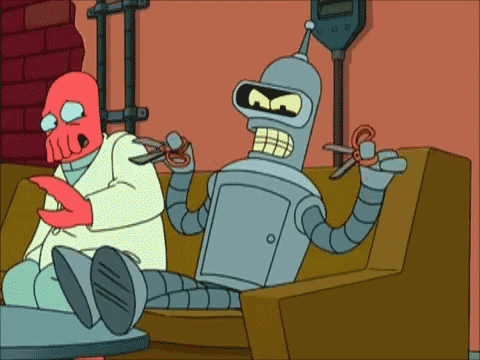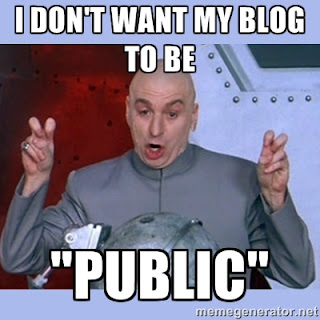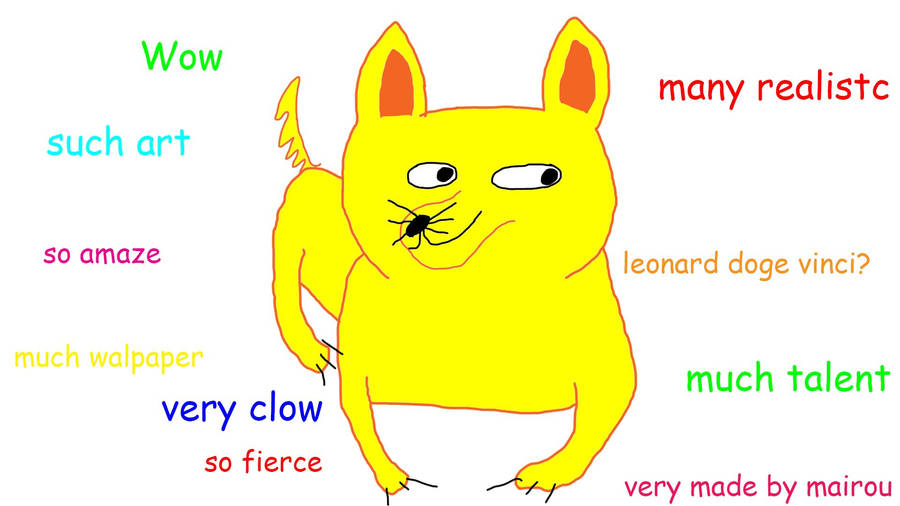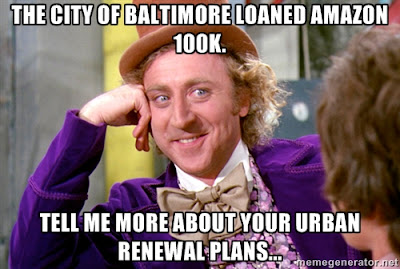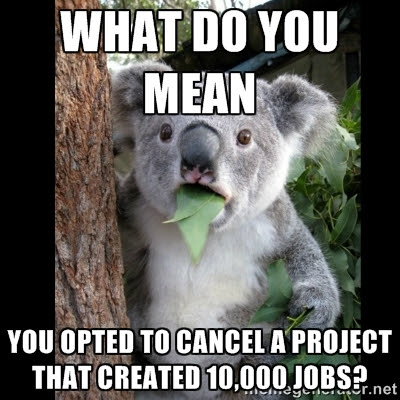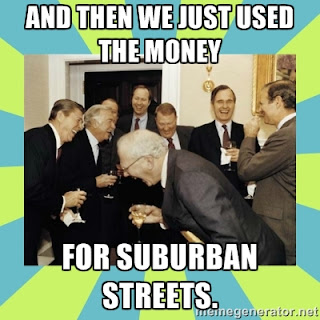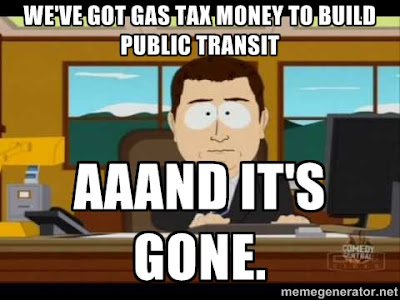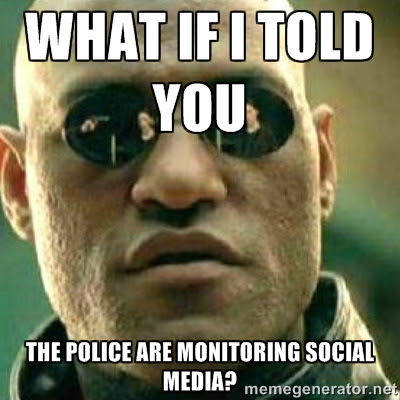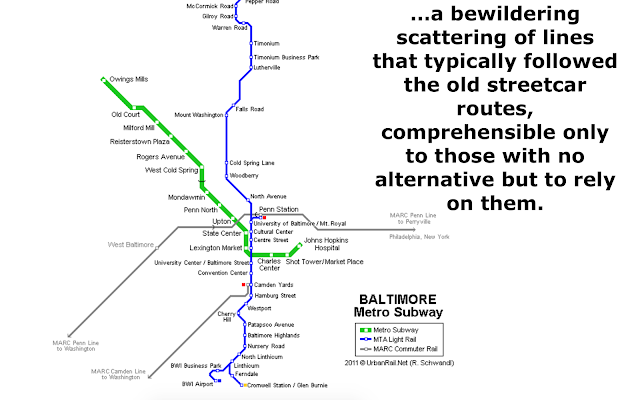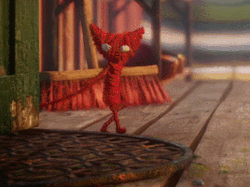A scene from Hillbilly Elegy: A Memoir of a Family and Culture in Crisis, by JD Vance, has stuck with me. It was not about educational attainment, but social class, which I posit is intertwined with everything else in our lives. Vance was attending Yale Law School, and went to a dinner for soon-to-be graduates being wooed by a variety of law practices. As he surveyed the dining room, he was aghast at the proliferation of cutlery surrounding the dinner plates. In a panic, he went to the restroom and called his girlfriend to get the lowdown on cutlery protocol. As someone who comes from a working-class background, I totally identify with this scene. We are products not only of our access to quality education, but overall environment. I don't have magic answers to how to mitigate the chasm between classes, but I am convinced that most parents want their children to have lives that exceed the limitations (economic, educational, social) they have faced. How do we achieve this?




 Word Cloud from these words
Word Cloud from these words






















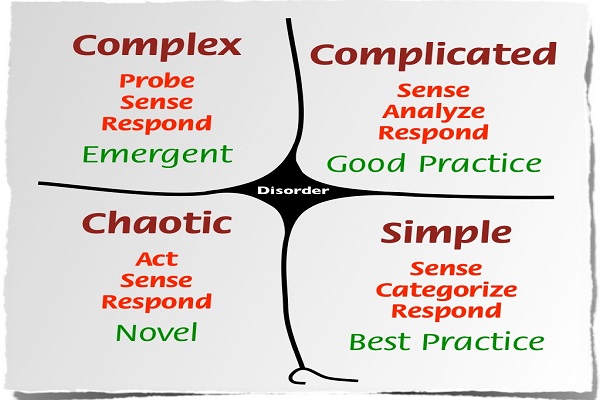
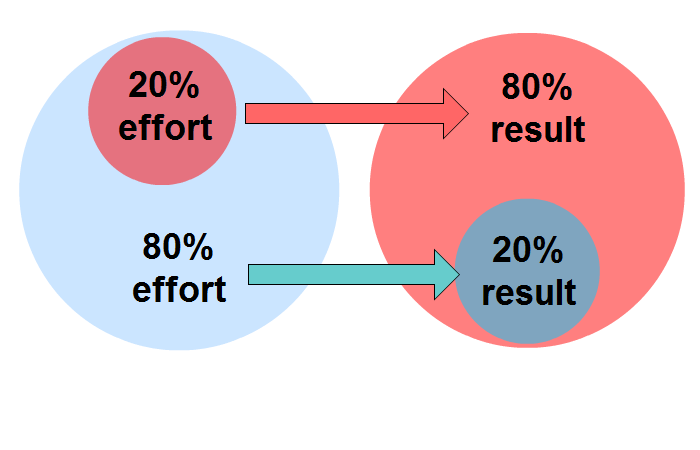 Community of Practice
Community of Practice
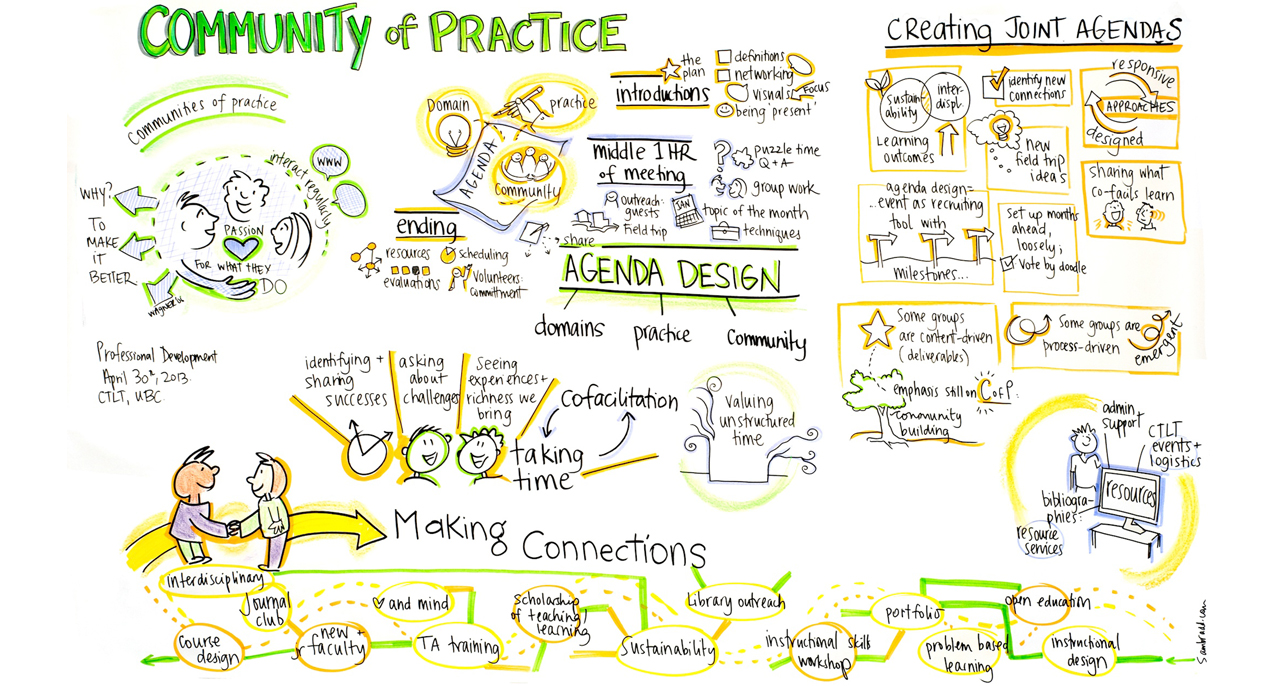

 Hello everyone .. as part of the CLMOOC/DigiWriMo Pop-Up Make Cycle, we thought it might be interesting to dive into this interview with Troy Hicks about the nature of Digital Writing. Troy may join us in the margins, too.
Hello everyone .. as part of the CLMOOC/DigiWriMo Pop-Up Make Cycle, we thought it might be interesting to dive into this interview with Troy Hicks about the nature of Digital Writing. Troy may join us in the margins, too.



 Lastly, why spin Google and Ingress' iterations with the game as failures? Isn't it more important
Lastly, why spin Google and Ingress' iterations with the game as failures? Isn't it more important 